Our Trip to Taiwan
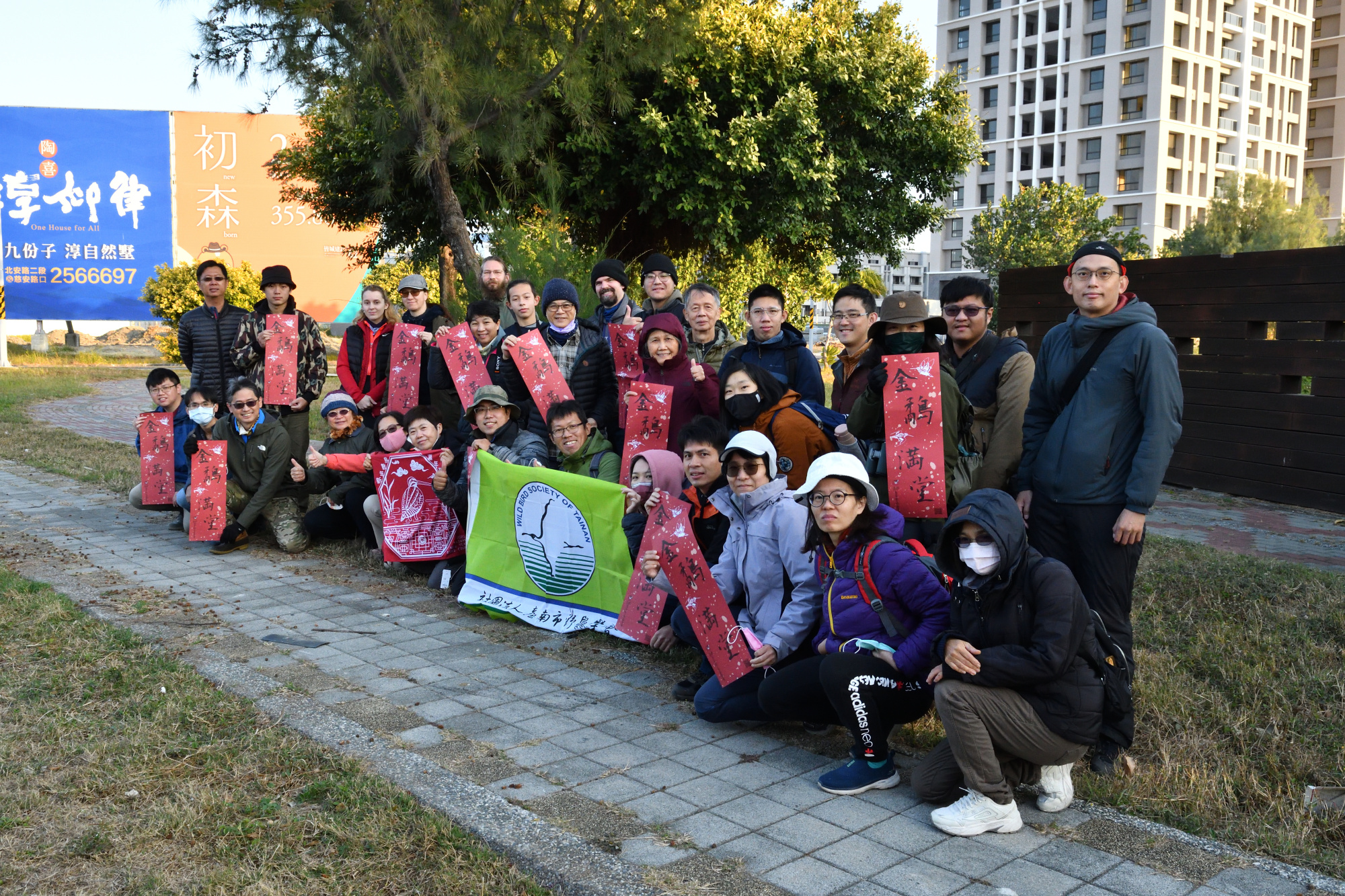
By: Zdeněk Vermouzek
Birds know no borders, and like humans, inhabit the four corners of the earth. No matter where they live, they fill more-or-less the same ecological niches and face similar pressures caused by humans. For ornithologists, bird lovers and conservationists alike, cooperation as well as sharing of information and knowledge of best practices are the best ways to succeed in conservation efforts.
The Czech Society for Ornithology (CSO) and Taiwan Wild Bird Federation (TWBF) began to get closer in 2020, during the Covid pandemic. Our groups met several times via webinars and peer-to-peer meetings, discussing topics ranging from long-term bird population monitoring and atlas mapping to public engagement in bird and nature conservation. Through these, despite our geographical distance, we identified shared principles on topics like citizen science and land adoption. It was thus only a question when we could meet in person to develop this relationship further. Once Taiwan opened its borders again in October of 2022, I wanted to visit as soon as possible. The Christmas holiday seemed to be the best option as my wife is an elementary school teacher and official holidays are the only possible periods for longer trips.
Taiwan – A Country Without Birds?
So it happened that me, my wife, our son and his girlfriend emerged after twelve hours of flying at the Taoyuan International Airport early on the morning of December 21st. My first impression from our ride into Taipei was that there were no birds in Taiwan since the only one we saw was the violet Taiwan Whistling Thrush on the Taoyuan Airport MRT logo. In Europe you see at least a few species of corvids flying here and there. But I couldn't see any during our trip into the city. This first difference between Czechia and Taiwan I quickly noticed after arrival.
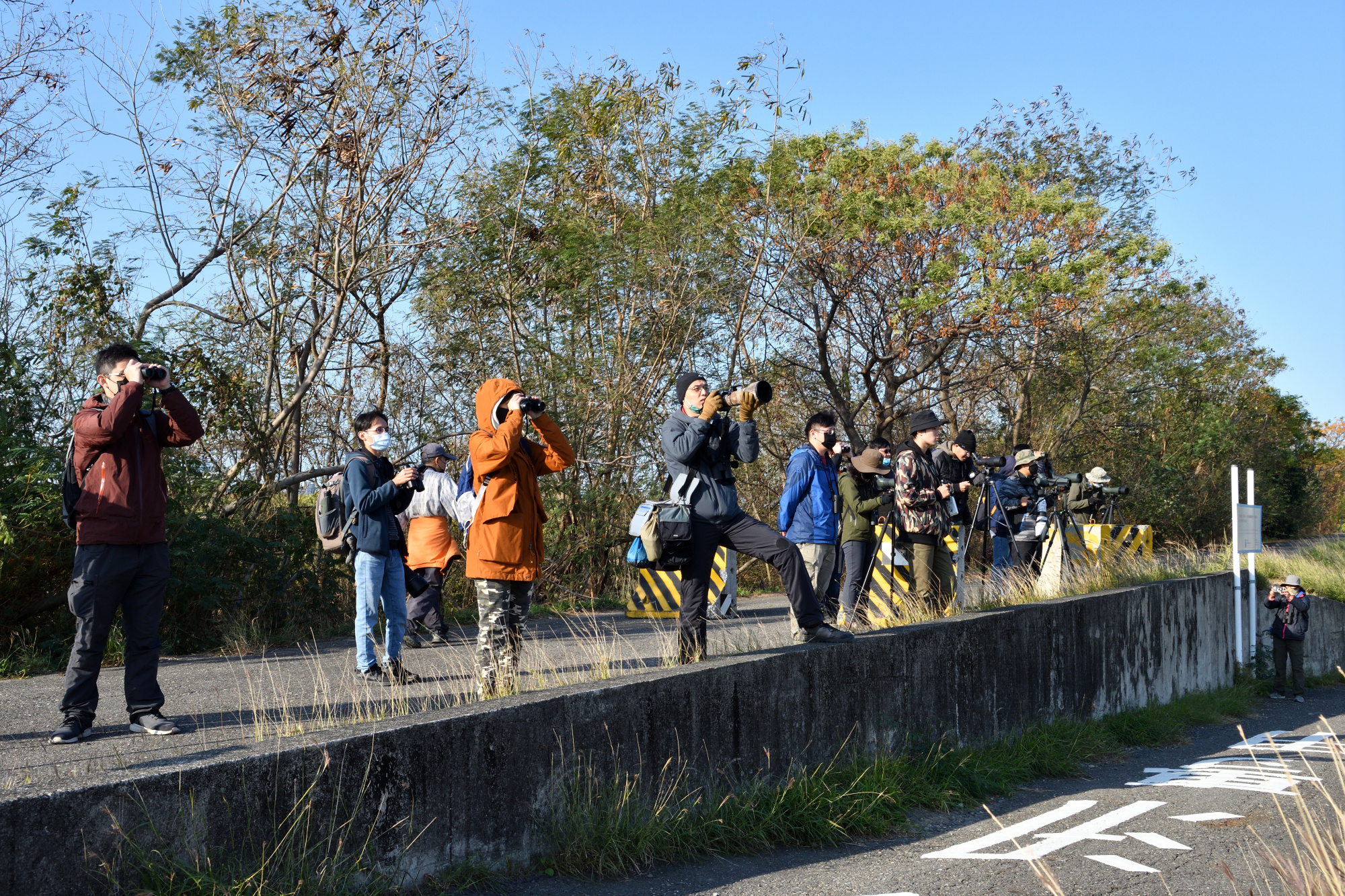
Taking part in Tainan NYBC
To my pleasure and surprise, the next few hours painted a different picture, as I was greeted at a local park by various birds like the fearless Malayan Night Heron as well as several invasive species. For me, though not native, these uninvited guests were still special for me since they can't be found in Czechia. The rate of additions to my life list rose significantly on my second morning, when my friend and main contact for international cooperation at the TWBF, Scott Pursner, invited us to participate in a Taiwan New Year Bird Count event taking place in New Taipei City's Luzhou District. It was done by bicycle. The event leader, TWBF Secretary-General Allen Lyu, did an astonishing job. Not only did he manage to lead the group of about 12 people of varied experience, he also provided comments on the respective species and did the recording as well.
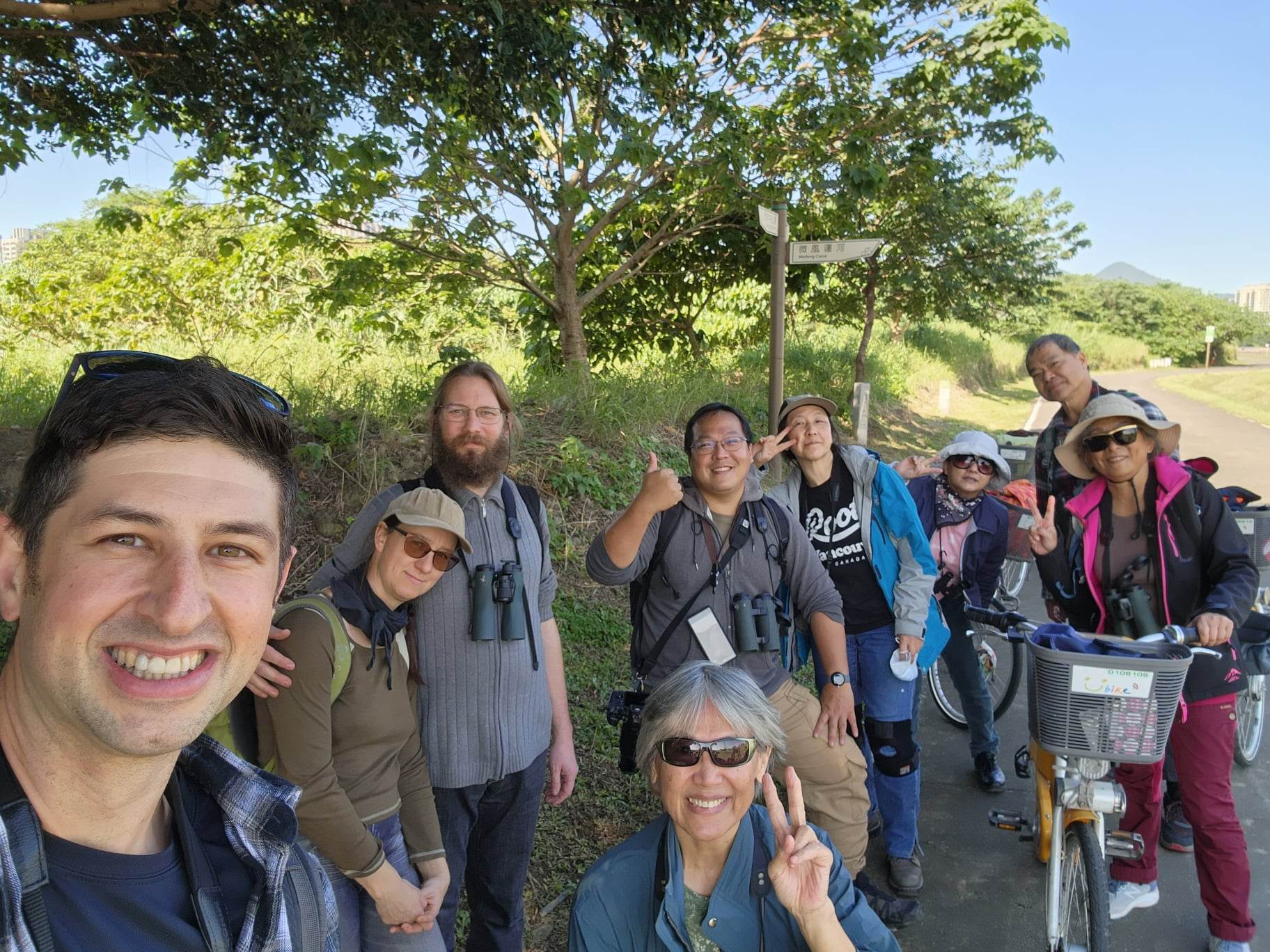
Taking part in the Taiwan NYBC in Luzhou
This activity was an excellent example of combining the social and scientific dimensions of citizen science. CSO public events and citizen science programs are clearly separated and don’t mix. In Czechia, most birdwatching walks for the public are guided by volunteers, yet are not part of any scientific research. Meanwhile, citizen science programmes, mainly bird counts, follow strict methodology and volunteers need to concentrate solely on the research. Activities like the Taiwan New Year Bird Count help participants to develop their field skills and pave the way for them to be future count leaders.
Even if this would not be the case for me and my wife, Allen, Scott, and the other participants helped us familiarize ourselves with common species as well as some rarer inhabitants of the lowland floodplains. I also experienced first-hand Taiwan’s importance not only for migratory birds but also as a birdwatching hotspot when during the count we came across a Mongolian Short-toed Lark, a rare record for the country. For me as a European, it was really interesting to see such a variety of bird habitats inside an urban area. The mixture of familiar palearctic birds like Wood Sandpipers, Common Redshanks, Grey Wagtails and various Egrets mixed with exotic (to me) birds like Taiwan Barbet and Swinhoe's White-eye was amazing. I only regret that I missed seeing the Vinous-throated Parrotbill which was spotted by other members of our group.
To the South
I couldn’t imagine visiting Taiwan in winter without going to see the magnificent Black-faced Spoonbills at their wintering sites. Scott and bird guide Wu Jian-Long equipped us with a list of several places worth visiting. Then after a nice friendly dinner with TWBF president Dr. Fang Woei-Horng, where we discussed nature specificities of Taiwan and were introduced to Taiwanese food culture, my family hired a car and we headed to Tainan. On the way, a stopover at the Aogu Wetland and Forest Park fulfilled its purpose. We saw two Black-faced Spoonbills pass us by in close, low flight while the sun was setting.
The next day, another Taiwan New Year Bird Count event, this time without bicycles, awaited us along with Pan Chih-yuan, president of the Wild Bird Society of Tainan. The count was taking place in the outskirts of Tainan City. Local birdwatchers, young and old, welcomed us with the same cordiality as in Taipei. Birds really connect people across continents and we felt comfortable, like being with a group of old friends. We quickly learned the differences between different prinia vocalisations as well as how the most common swallow was the Pacific Swallow. Meanwhile we also found out Striated Swallows are significantly larger than Pacific Swallows. While in Tainan, Black-faced Spoonbills stopped seeming so rare and we saw many new bird species as well. Yet everything attracted our attention and we were so surprised to see Scaly-breasted Munias foraging on grass seed just 30 cm from a camera. I know of nothing like that happening in Europe.

Talking with Members of the WBS Tainan
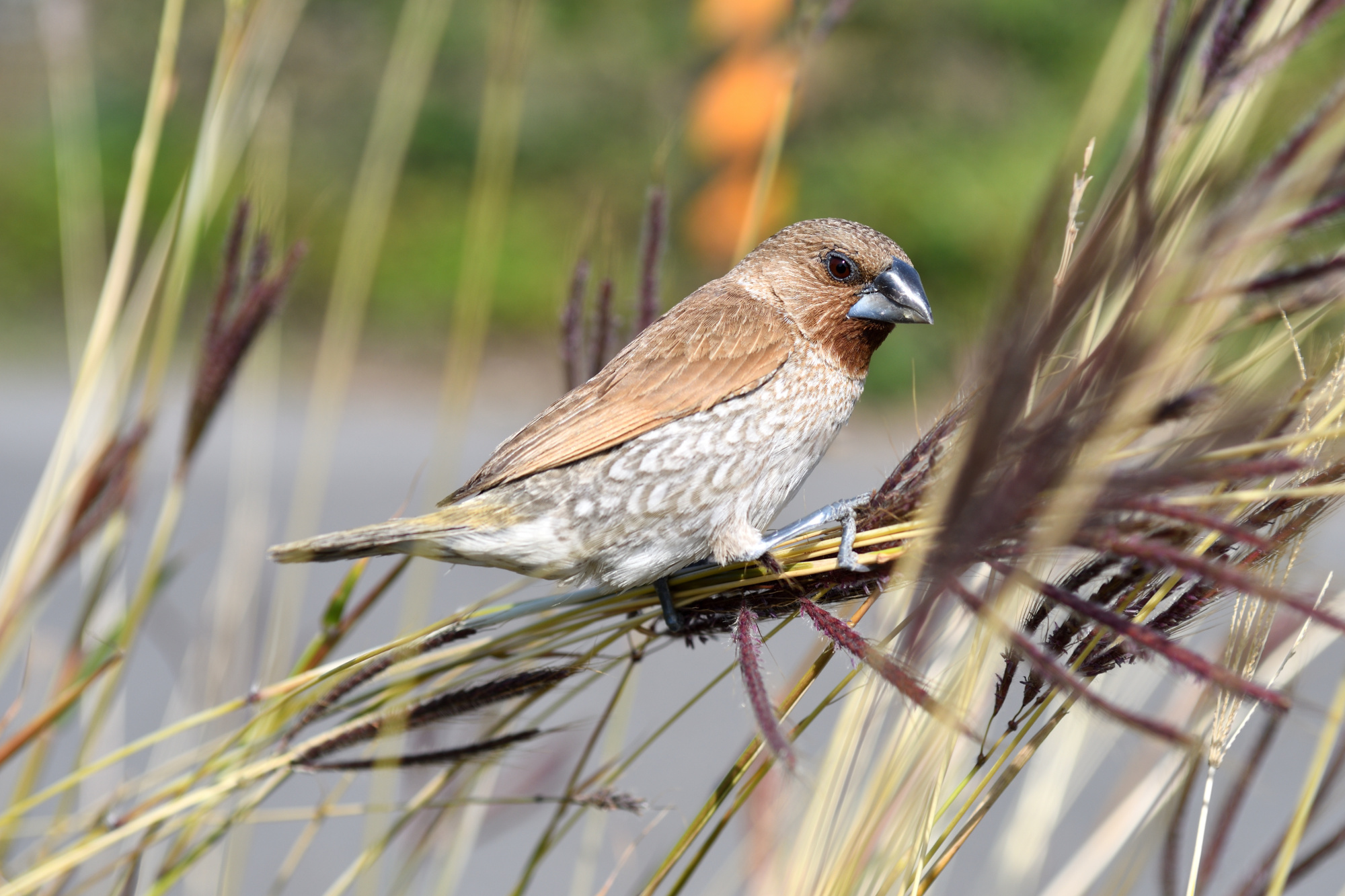
Scaly-breasted Munia
That night we had a wonderful dinner with Pan Chih-yuan, his wife and colleagues. We spent another day in Tainan as well, being captured by its beauty and biodiversity. This included seeing two Crested Goshawks in the garden of the Tainan Confucius Temple. Their stern looks evoked the feeling of being supervised by two strict temple guardians.
Into the Wild
Wilderness and mountains marked the rest of our stay in Taiwan. We next headed to Dasyueshan where every step brought new species. Thanks to Scott and Wu Jian-long's recommendations, we went for a delightful hike over hilltops Yuanzuishan and Shaolaishan. Never before, and probably never again, will I see more than ten new endemic species in one day: from Barbets, Sibias and Yuhinas to fearless White-whiskered Laughingthrushes, inconspicuous Morrison's Fulvettas and the real king of the mountains, the majestic Mikado Pheasant. We left feeling like Dasyueshan is worth visiting for weeks, not just three days.
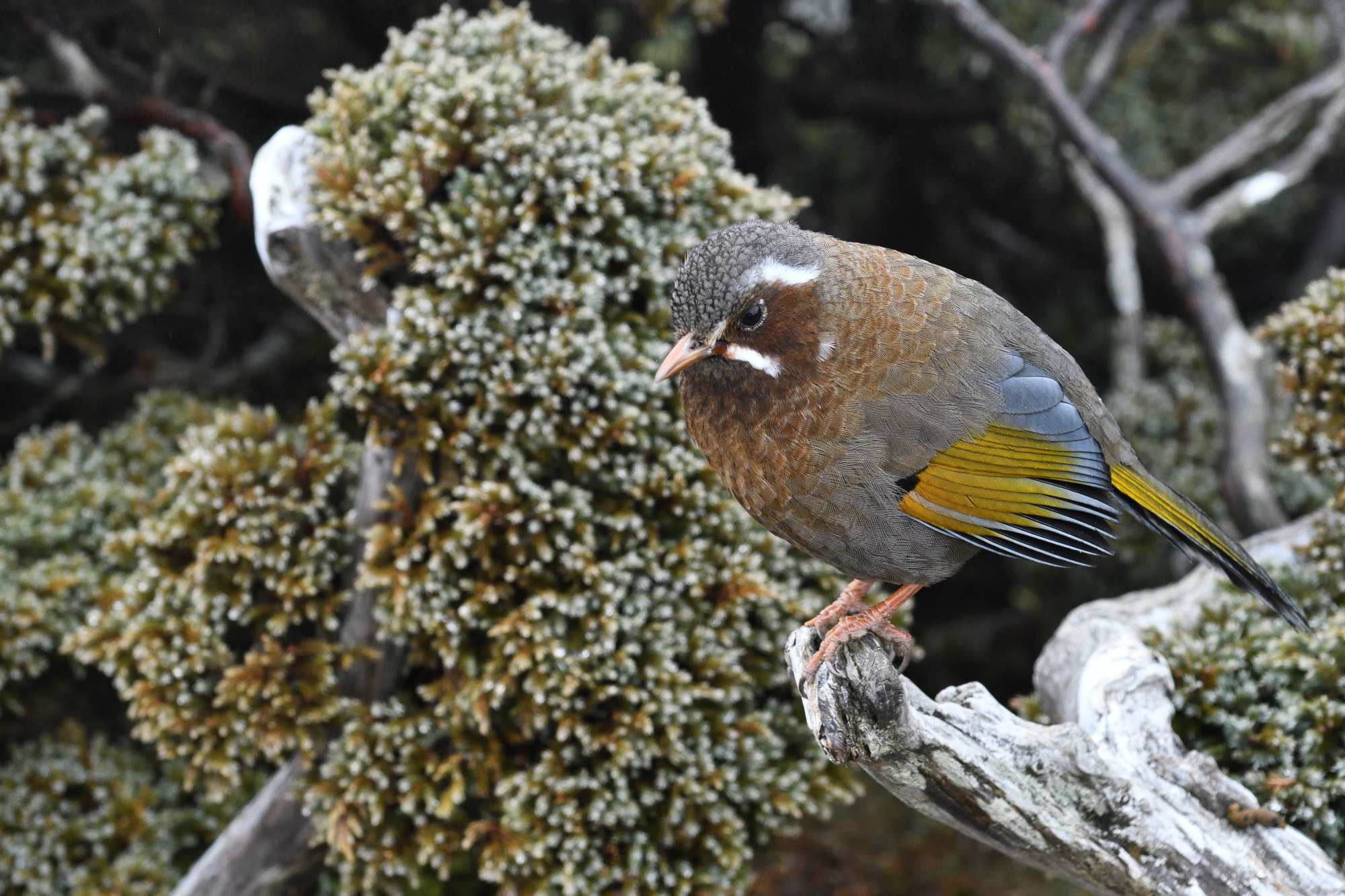
White-whiskered Laughingthrush
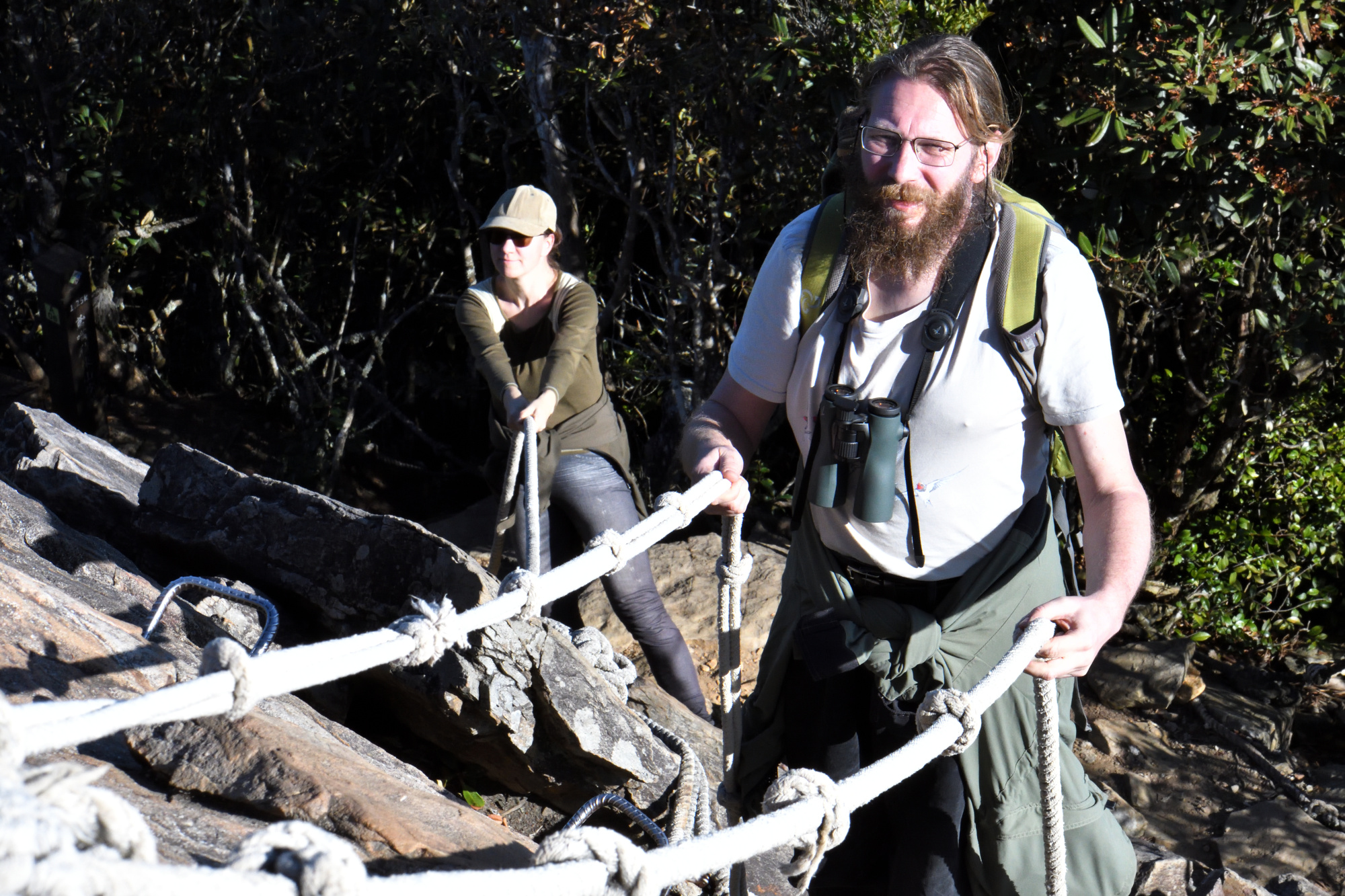
Hiking and birding in Dasyueshan
As an unexperienced visitor to Taiwan, after Dasyueshan, we planned to head to the east coast via the Central Cross-Island Highway. Wu Jian-Long recommended dividing this journey between two days. Thus, we had enough time to enjoy the mid-elevations near Sun Moon Lake with tea gardens and birds like Gray-capped Pygmy Woodpecker and Brown-headed Thrush. We then headed back to the mountains and stayed overnight at Qingjing Farm. A morning walk through this village brought us to understand that that many of the forest birds we thought were quite shy were actually quite used to humans and didn’t avoid village gardens. Endemics like the White-eared Sibia and Steere's Liocichla lost their tinge of elusiveness. The same can be said for the emblematic Taiwanese endemic White-whiskered Laughingthrush. A flock of them surrounded us on the hilltop of Hehuanshan East Peak, acting comfortably and begging for food (which they didn’t get from us, but did from other tourists). To see these endemics in such close proximity was a really memorable experience.
The East Coast
We spent our last few days exploring Taroko National Park, the east coast, and some inland wetlands near Hualien. Every day brought new bird species and knowledge about the island, its geography, geology, and history. Apart from endemic Styan's Bulbuls and endemic ssp Savanna Nightjars, we were lucky enough to see a male Ring-necked Pheasant – a bird introduced to Europe several centuries ago and now regarded as half-domestic. It brought curious excitement to us to see this endemic ssp in the natural habitat. This feeling was intensified by the fact that it is critically endangered in Taiwan, even if we were not sure if the seen bird was a pure formosanus.
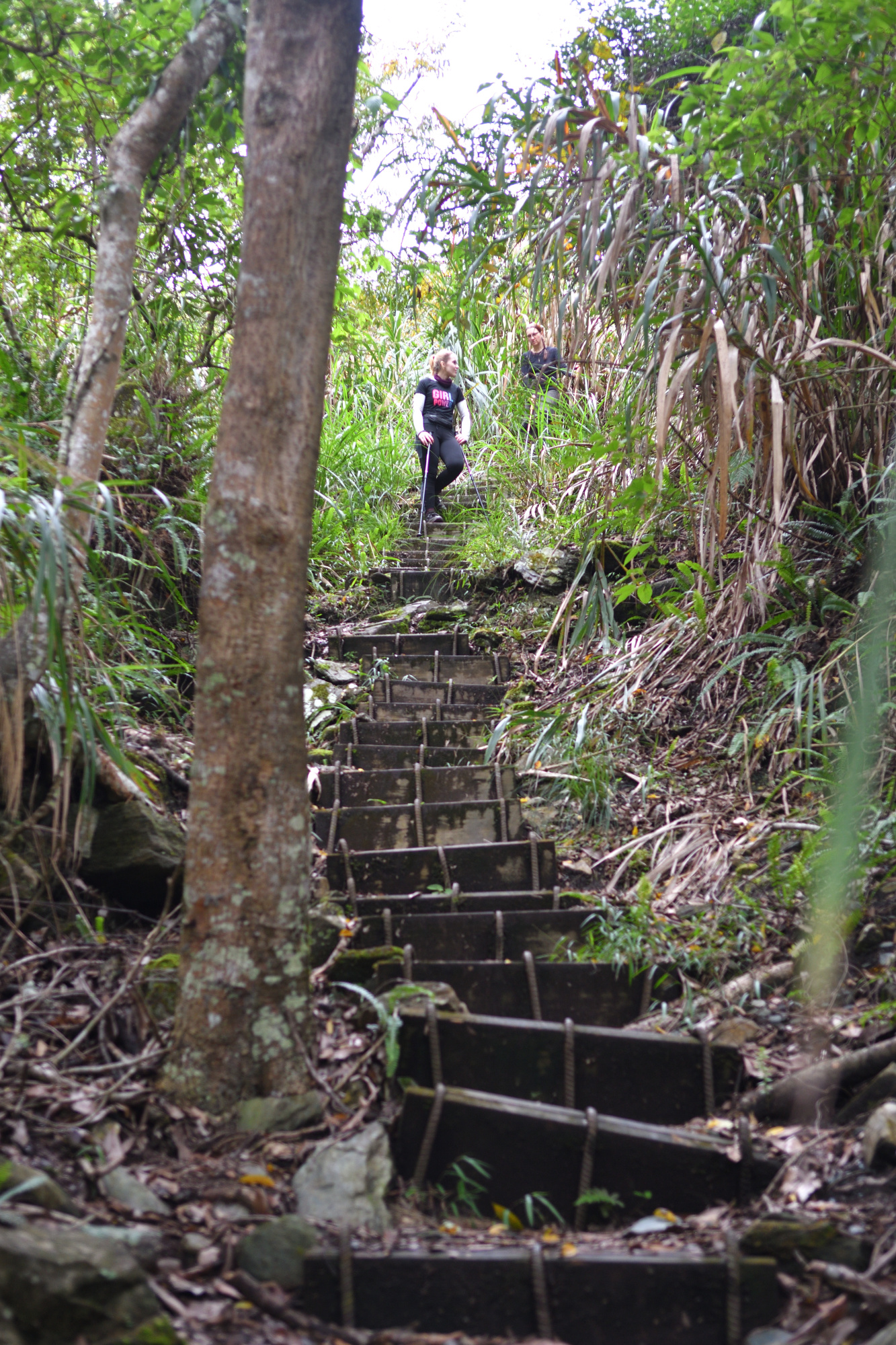
Exploring Taroko Gorge
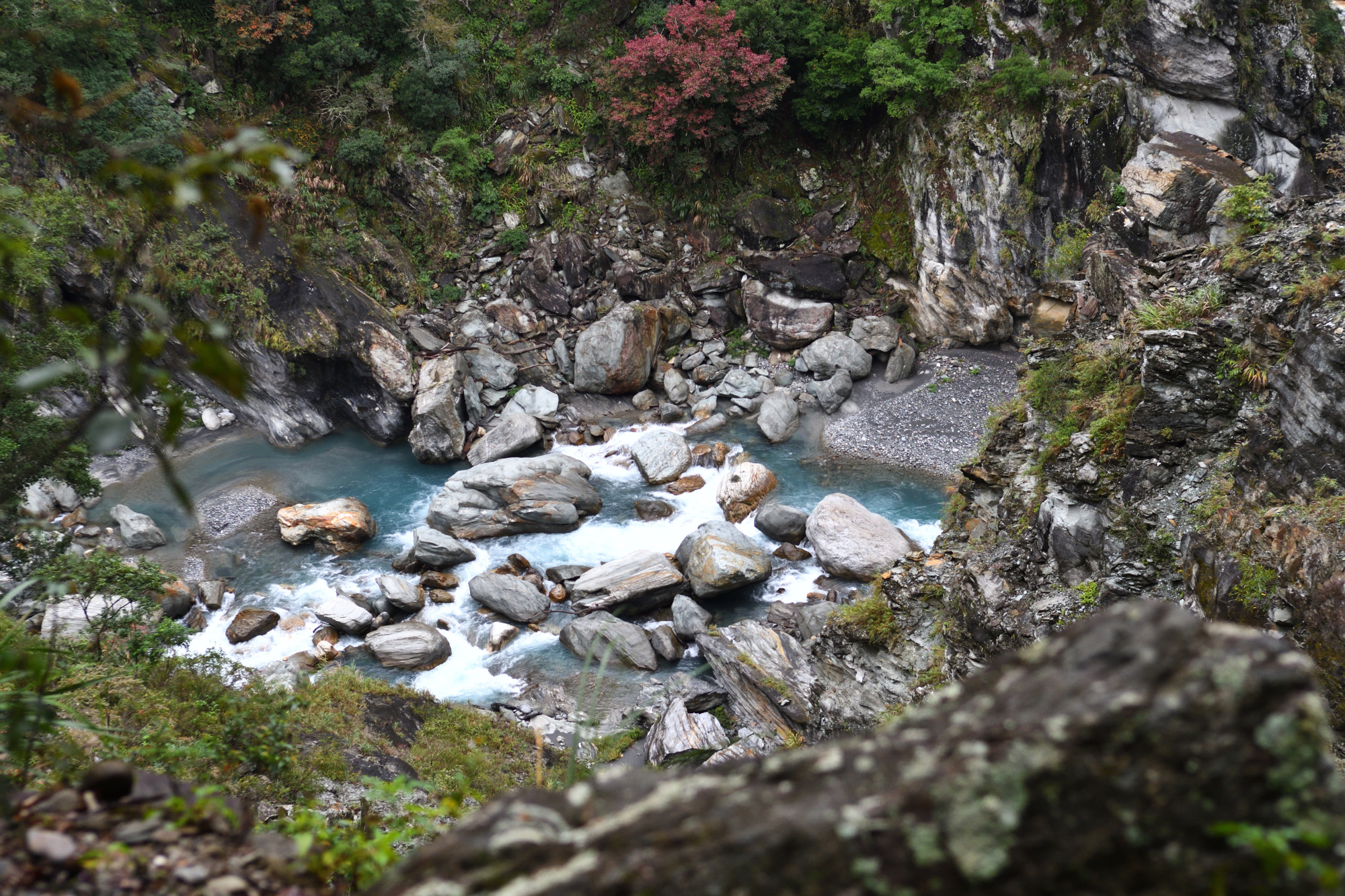
The Liyu Creek at Taroko Gorge
It was here we also found the last goal species on our list – the Muscovy Duck. It seemed as if the universe was telling us: "You've seen enough, it's time to go home.”
Taiwan Birds and Birdwatching Through Foreign Eyes
During our twelve day stay, we saw and listed 117 bird species, including 21 endemics and 22 endemic subspecies. This alone is reason enough to fall in love with Taiwan and think about soon returning. The second one is the incredible variety and richness of nature, especially in the mountains. Not only the birds, but also the monkeys, insects, giant spiders, frogs, plants, trees (many of which are endemic) are all worth exploring in more detail. Moreover, the third, but not last, reason is the incredible hospitality and friendliness of virtually everyone we met, regardless if it was for minutes or days.
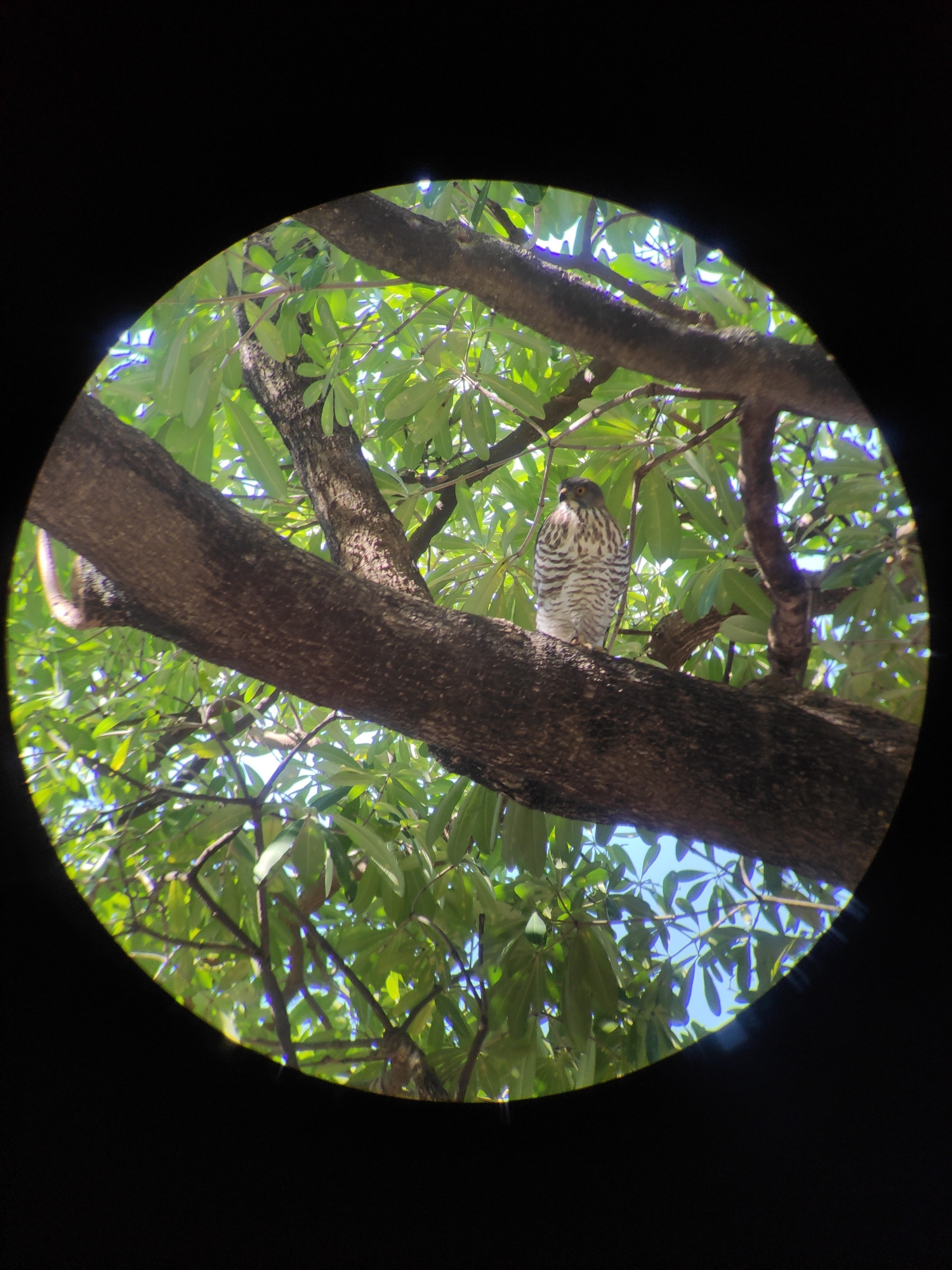
Crested Goshawk
Our journey would not be possible without the incredible help from Scott with all the logistics, from recommendations of places to visit to booking accommodations. Despite the mentioned hospitality, some systems in the country made the visit challenging for an independent traveller. It was easy to book and pay for accommodation in Taipei online, but we regularly experienced email asks (in Chinese) for payment by bank transfer in the countryside – something hard to accomplish for a foreigner without Taiwan bank account.
Having birdwatching tourism in mind, a detailed "where to watch" guide would be really helpful. Such books or internet pages can show visitors with limited time not only which areas are generally interesting, but also where to park and which path to follow to get most out of his or her visit. In our case, this was more than sufficiently replaced by direct recommendations by Scott, Wu Jian-long and Pan Chih-yuan, but I really feel sorry for somebody without this kind of support.
Europe is place of rapidly decreasing populations for many common bird species. It's really inspiring to read reports from Taiwan, where the vast majority of the species holds stable populations. It's even more meaningful though to visit the country and see all these treasures with your own eyes. I wish the birds and people of Taiwan a peaceful future full of joy. Personally, I hope I can come back soon.
